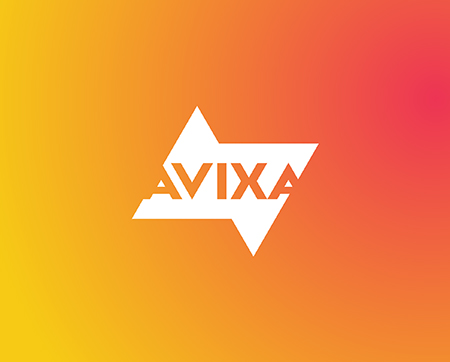New Markets: Seek and You Shall Find

Check any news source today and you’ll be barraged by a consistent topic of discussion: the threat of a possible recession. During any prolonged period of growth, economists start to wonder when the bottom is going to drop out. Chalk it up to worries over too much of a good thing and a natural fear or belief in the imminence and inevitableness of a decline. Those watching the long-running growth of the pro-AV segment are no different, with some wondering whether a slowdown is on the horizon.
Leaving aside the core debate of whether we are on recession’s doorstep for a moment, let’s ponder a different aspect of the same thing. What does one do, as a pro-AV business owner, if an economic slowdown was to hit? How do you weather the storm and stay flat, if not growing?
Here’s the good news: Pro AV is full of diverse opportunities to go after. Whether in terms of geography, market segments, solutions areas, products, or services, there is plenty of new ground to sow for the nimble company. Of course, it may involve going beyond one’s comfort zone to add capabilities or foster new connections, but the rewards can be real, particularly if an existing source of revenue dries up. The hardest part is not always knowing exactly how to enter the new territory. As we often say at AVIXA, research can help.
Recognizing the challenges of entering a new market segment, AVIXA revamped a series of past reports on specific vertical markets to provide AV suppliers and providers with a baseline of understanding of the nuances inherent in each. The series, called Market Opportunity Analysis Reports (MOAR), is based on surveys of consumer customers, end-user decision-makers, and AV providers within a set of six verticals. These include retail, corporate, hospitality, transportation, sports venues, and higher education. The results offer several key insights about the differences among them, providing guidance for companies seeking expansion.
In line with the design-thinking approach to solutions, the research highlights the importance of understanding the true end user ― the consumers. Shoppers, office workers, guests, travelers, fans, and students each have various needs that impact their overall satisfaction of an experience. In sports venues, for example, stadium lighting and the quality of audio are the most crucial elements, according to our survey of fans. For shoppers, their ability simply to find products they’re interested in tops the list. This leads decision makers to invest in the technologies that can deliver on these customer demands.
The amount of technology investment necessary to influence consumers varies dramatically by market, providing strong incentive for those seeking new opportunities. On the lower end of the spectrum, higher education’s plans for improvements to classroom technology translate to an average of about $70,000 per project. This compares to over $5 million in average AV investments in transportation hubs or $780,000 in stadiums. In each case, capital expenditure is, of course, only a part of the equation, with operating budgets contributing much more. Here is where higher education closes the gap to some extent because on-going support of technology is a common budgetary item.
Perhaps more interesting than the amount of planned spending, however, are the types of technologies the end-user community plans to invest in (or not invest in) over the coming year. One might expect investments in newer technologies, like voice-assisted control capabilities, to be on the rise across the verticals, but this isn’t necessarily the case. Instead, in all six markets, voice controls were more likely to be cited as areas of less spending. However, rather than indicating a complete rejection of this technology, this may just reflect the experimental nature of first-wave adoption. Hospitality is a good example of a market dipping its toe into voice control. Hotels have started adding voice-assisted devices in a small subset of rooms to see how it goes before investing further. No surprise here. Enterprise buyers typically want to make sure technology can reliably and securely impact the user experience before they integrate it widely.
Ultimately, the process related to evaluating technology depends on the role the decision-makers have in the organization. As many integrators know, across many customer firms, the IT department is often the lead for AV projects. AVIXA’s research found this to be particularly common within the corporate and transportation markets. When IT is involved, there are increased concerns over data security and compatibility with existing systems, which may be why voice assistance products are being downplayed at the moment. Regardless, savvy integrators will want to know who they are most likely to engage with to prepare talk tracks accordingly.
All of this is just the beginning, of course. Truly engaging in new business opportunities brings with it a host of other questions. AVIXA market intelligence can help with some additional data and insights, but from there, it’s up to firms to plot their own course as they seek safe harbors for weathering the possible storms of recession. As always, creativity and innovation win out!






